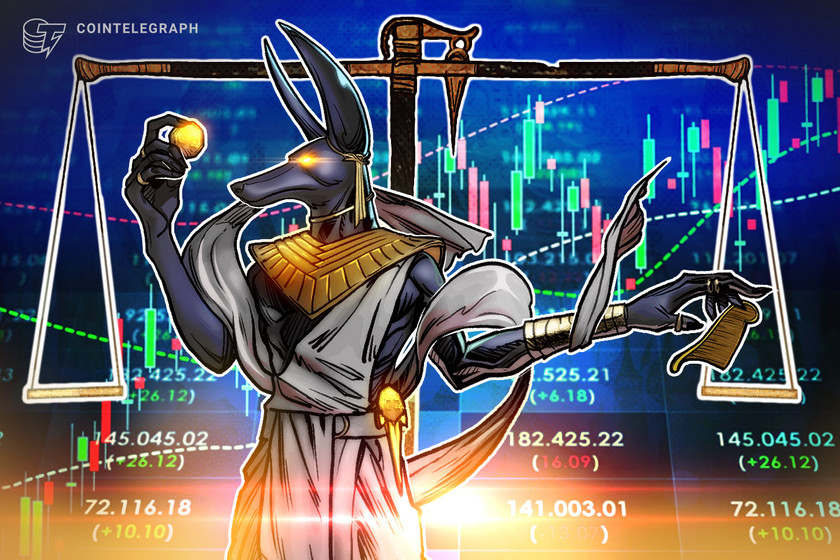Time-weighted average price is an algorithmic trade execution strategy commonly used in traditional finance tools. The goal of the strategy is to produce an average execution price that is relatively close to the time-weighted average price (TWAP) for the period that the user specifies.
TWAP is mainly used to reduce a large order’s impact on the market by breaking it down into smaller orders and executing each one at regular intervals over a period of time.
How TWAP can reduce the price impact of a large order
Bids can influence the price of an asset in the order books or liquidity in the liquidity pools. For example, order books have multiple buy and sell orders at different prices. When a large buy order is placed, the price of an asset rises because all of the cheapest buy orders are being executed.
For example, Coin A is currently priced at $10 and has the following:
- 50 buy orders at $10
- 50 buy orders at $11
- 50 buy orders at $13
- 100 buy orders at $15
- 500 buy orders at $17
Trader A places a buy order of 300 Coin A tokens at a price o $17. Since the order amount is larger than the cheaper orders, the protocol will execute the $10, $11, $13 and $15 price points to fulfill the order.
However, since the total buy order isn’t enough to fill all the bids at $17, the price for Coin A will stop at that level. That’s a price increase of 70%, mostly seen with low liquidity coins. In most cases, the price increase would be less dramatic.
Even though most decentralized exchanges (DEXs) don’t have order books, they have automated market makers (AMMs) that adjust the price of a token based on order size and the size of the liquidity pool. Liquidity is sourced from liquidity providers (LPs) who contribute a certain amount of a token pair to the pool in return for a cut of the fees.
Because liquidity in decentralized finance (DeFi) is more scattered than in more established financial markets, the problem of a single transaction having an outsized influence on the market may be more significant. TWAP strategies can potentially solve the price impact problem, for example, by executing trades in 4-5 minute intervals over an hour.
Breaking up the larger order can give the DEX time to resolve any price differences within the respective liquidity pools, helping to bring the asset back to its spot price. The strategy can benefit DEXs since larger price impacts can affect the token pairs in the liquidity pool.
For example, the cheaper token in the pair can end up with less…
Click Here to Read the Full Original Article at Cointelegraph.com News…
























